Tristan Tzara’s Dada Theatre: ‘Handkerchief of Clouds’ & ‘Gas Heart’ by The Romanian Cultural Institute (2016) – A Theatre Review
Dada. Da-da. D.A.D.A. Da………..da. D……….A………..D………..A. Dddddd. Aaaaaaa. Da! Dada exists in the same way as the above destroys the word, stripping it down into nothingness: meaningless letters and sounds together without an actual connection or ordered sentence. Dada is not Art it is Anti-Art. In Zurich 1916 the word Dada was coined but the Dada pulse was felt across the globe or at least Europe and America as the 1st World War was upon them. Civilised nations of logic and reason led to mass slaughter. Dada was against this and Tristan Tzara was amongst those who coined Dada and even had his more aggressive take on a Dada Manifesto:
“Every product of disgust capable of becoming a negation of the family is Dada; a protest with the fists of its whole being engaged in destructive action: Dada; knowledge of all the means rejected up until now by the shamefaced sex of comfortable compromise and good manners: DADA; abolition of logic, which is the dance of those impotent to create: DADA; of every social hierarchy and equation set up for the sake of values by our valets” Tzara, Dada Manifesto, 1918.
Tristan Tzara, a poet and playwright, a Romanian too! had his 120th birthday this year and it’s also 100 years of Dada. It makes sense that the Romanian Cultural Institute would want to make a tribute to the man. The Anti-Culture man…. well this is going to be interesting. The absurdism the random and the deconstruction of theatre as channelled through Cristian Luchian in tribute to Tzara and based upon, in part, The Gas Heart and Handkerchief of Clouds.
Now one of Dada’s best moments have been when a screening of Le Retour a La Raison (d Man Ray France 1923) repeatedly broke at random making a three minute film last a lot longer; or with many of their exhibits they’d boast celebrity appearances that had nothing to do with them as a deliberate attempt to frustrate. Sufficed to say a Dada text with moments of repetition and non-sequiturs would be hard to perform. Needing to give the words an abstract notion, holding sounds and silence and being able to vary a line enough to hold interest in nothingness as it breaks itself. The cast are distinctly different to be able to be memorable and add flavour to the madness but it’s a very difficult text and there are few moments that fall short. The scenes selected work in a logical manner but in their interchanging perhaps some of the madness is lost. However, some of the more absurd moments really hit home and made for wonderful moments of comedy.
Moments of note were the repetition of “Isn’t it?” and moments where the husband responded flatly to occurrences: “Relax my dear, he’s right here” “You’ve a keen a eye”. A careful perusal of a paper turning out to be the script marks a deconstructive element of the world it is displaying and this was used more effectively with a direct address to the audience: “Have you been in love? …..are you?” This progress to a moment where an audience member was brought on stage and told “You’re the actor now.” Had this been a genuine audience member this would have been a classic moment of Dada as any part or control the play could have had would make way for the chance of what they’d do and the awkward frustration of the audience made performer. It succeeded in small part at this.
In a hall glamorously adorned with paintings and decorations this play seems at home duct taping it’s projector precariously above it’s audience. dada against the very institute it’s in – seems all the more absurd. The projections themselves blur collages into abstraction which are fitting and music repeats and skips to fit the moment. However, in including so many established works of Dada in these projections the tribute which “recreates the feel of Dada” feels somewhat desperate and a lot more tribute to works over their impact and feeling. moments of staging and blocking boast a brilliant use of the stage, the audience and the wings but only at moments. An actor performing in the wings can do a lot to frustrate people and negate the performance itself. There could simply be more.
An exercise in absurdity the play is very difficult but had a lot of life here. Being oddly comedic and comedically odd worked in the plays favour and actors were able to hold the play up for the most part. A lot of the memorable moments toyed with us in a way that would likely please Tzara. We could just have a little more.
‘Tzara. DADA. Theatre: a Centenary Revival’ showed on November 16th at the Romanian Cultural Institute.
Further Reading
Dada: Why ‘Anti-Art’ will always matter
Tzara. DADA. Theatre: a Centenary Revival: ‘Handkerchief of Clouds‘ & ‘Gas Heart‘ (d. Cristian Luchian London ICR 2016)

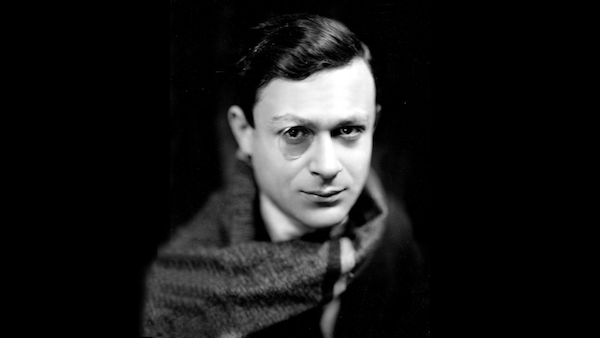
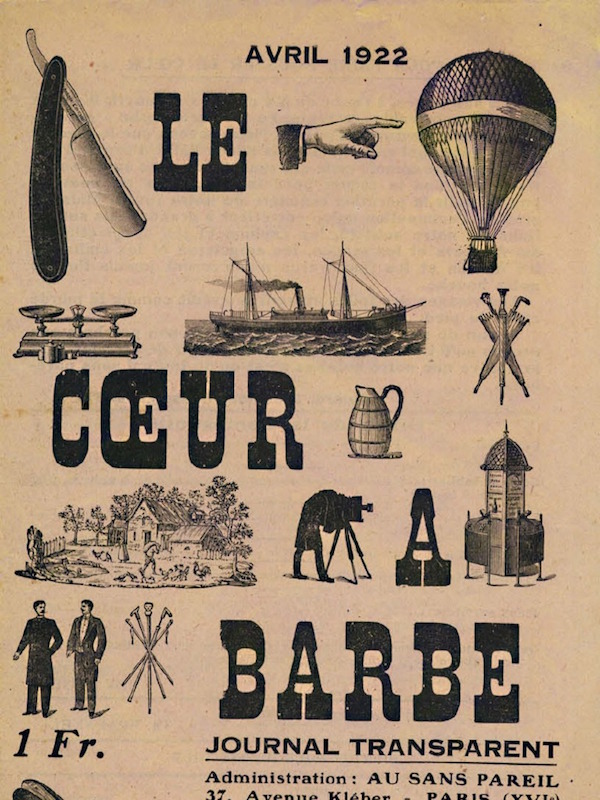
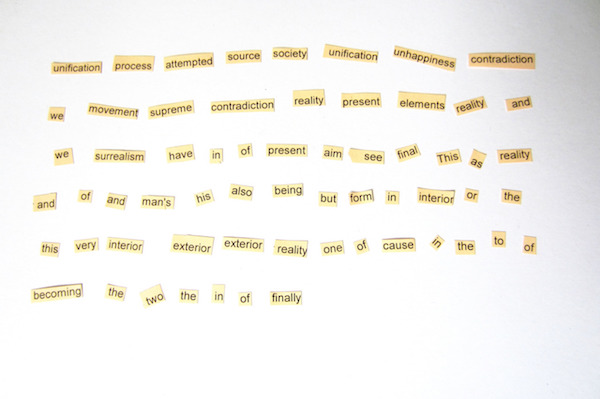
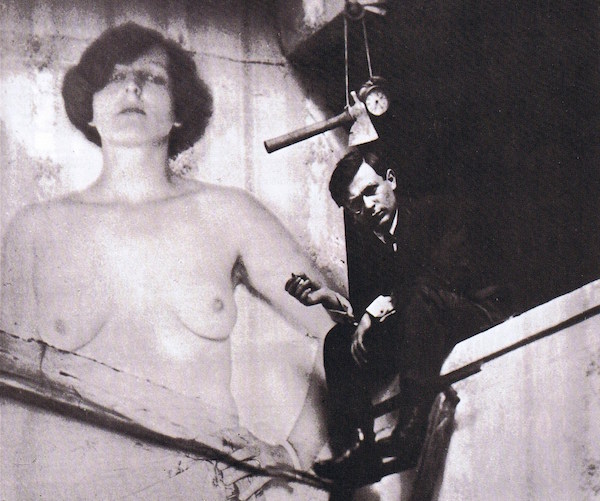


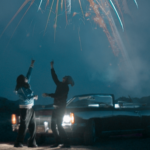


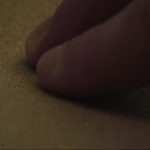
Good post! We will be linking to this great content on our site.
Keep up the great writing.